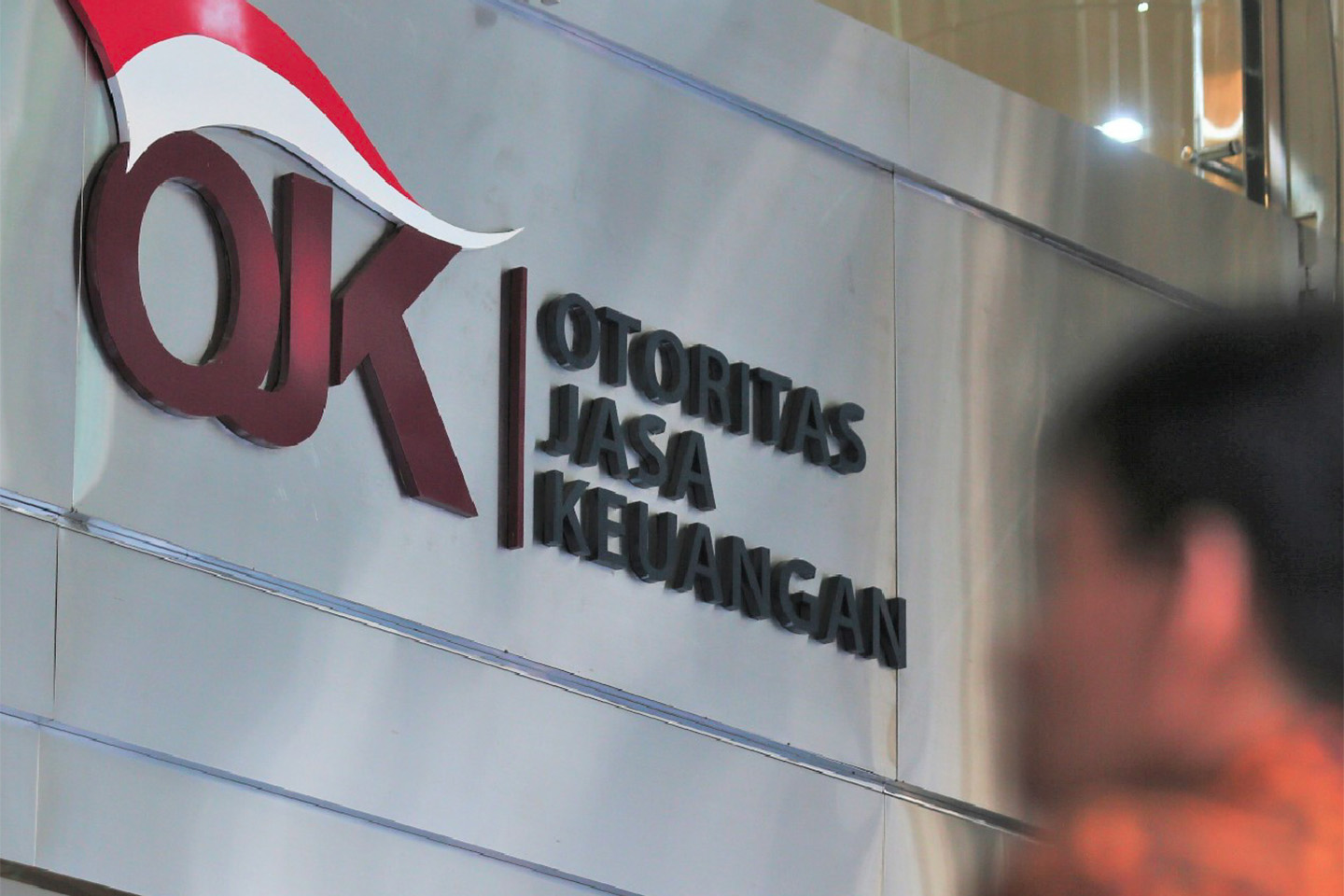This article was written by Irvan Rahardjo and Wahju Rohmanti in the e paper edition of the Indonesian Business Daily dated 29/7/2023 with the title “Insurance Capital: Paid-in Capital vs Equity”
Liga Asuransi – The Indonesian insurance industry is on the brink of significant change, as the Financial Services Authority (OJK) plans to implement regulations classifying insurance companies based on minimum capital, akin to the Core Capital Adequacy Ratio (KBMI) in the banking sector.
This article provides an in-depth perspective on this plan, explaining its impacts on insurance companies, policyholders, and the public. Considering the substantial changes in capital requirements, the author discusses the implications on industry structure, challenges for smaller players, and the steps OJK has taken to ensure business fairness and policyholder security. Explore the discourse on capitalization in the Indonesian insurance industry!
Understanding Contributed Capital
In the Indonesian insurance industry, the concept of contributed capital is a vital aspect closely linked to the stability and security of insurance companies. Contributed capital refers to the amount of capital that insurance companies must provide and allocate to meet the capital standards set by financial supervisory authorities, such as the Financial Services Authority (OJK).
The importance of contributed capital lies in its role as a form of financial protection for insurance companies and policyholders. OJK establishes minimum capital requirements that each insurance company must meet, and this amount may vary depending on the type of insurance conducted and the level of risk faced by the company.
Contributed capital can come from various sources, such as issued shares, retained earnings, and other financial instruments. Insurance companies must demonstrate that their capital is reliable and sufficient to bear the risks that may arise during their operations.
The requirement for changes in capital is also crucial. If insurance companies undergo significant operational changes or face additional risks, OJK can adjust the capital requirements to ensure that companies can effectively manage risks.
In this context, adequate capital is not only a regulatory necessity but also a guarantee for policyholders. Sufficient capital enables insurance companies to pay claims promptly, maintain operational continuity, and instill confidence in policyholders regarding the security and reliability of the insurance company.
As part of the supervisory mechanism, OJK regularly conducts investigations and monitoring of insurance companies to ensure compliance with capital regulations. The overall process represents measures taken to maintain stability in the insurance industry and provide protection to all stakeholders, including policyholders.
Equity
Within the stage of the Indonesian insurance industry, the concept of equity permeates the financial structure of insurance companies, forming a strong foundation for balanced and fair relationships among stakeholders. Equity, in this context, encompasses fairness and sustainability in the treatment of all parties involved, from shareholders to policyholders.
Equity in the insurance industry reflects the principle that profits and burdens should be distributed fairly according to the contributions and risks undertaken by each party. Shareholders, as the primary capital providers, have the right to receive profits from the company’s operations; however, fair treatment must also be extended to policyholders who entrust insurance to protect their interests.
The importance of equity is evident in various aspects, including the establishment of fair premium rates, balanced risk assessment, and timely and fair claims payments. In determining premiums, insurance companies are expected to carefully consider the risks faced by each policyholder without unfair discrimination. Meanwhile, in risk assessment, equity means identifying relevant risk factors without prejudice.
Additionally, claims payment is a key element of equity in the insurance industry. Policyholders experiencing losses or events covered by insurance have the right to receive claims following policy terms. The claims process should be transparent, and efficient, and ensure that policyholders are treated fairly, per policy terms and applicable laws.
Supervisory authorities, such as the Financial Services Authority (OJK), also play a role in ensuring the adoption of equity principles across the entire Indonesian insurance industry. Thus, equity becomes a strong foundation for building trust relationships among insurance companies, shareholders, and policyholders, maintaining the integrity of the insurance industry as a guardian of financial security for the community.
The Dilemma between Contributed Capital and Equity
In the realm of the Indonesian insurance industry, the concept of equity permeates the financial structure of insurance companies, forming a strong foundation for balanced and fair relationships among stakeholders. It’s akin to a fishing pond scenario, not about interdicting between insurance ponds, but rather the need for containment or sterilization of the insurance pond with banking ponds and investment managers.
There has been much debate surrounding the Financial Services Authority’s (OJK) plan to issue regulations classifying insurance companies based on minimum capital, similar to the Core Capital Adequacy Ratio (KBMI) in the banking sector. Under this classification, insurance companies will be divided into two classes: Class 1 capital and Class 2 capital. Class 1 capital insurers can sell products with complex categorizations, while Class 2 capital is only allowed to sell simple products.
Before the classification of capital, there is discourse that OJK will raise the minimum capital requirements in 2026. The minimum capital for conventional insurance companies will be increased from Rp150 billion to Rp500 billion in 2026, rising to Rp1 trillion in 2028. Conventional reinsurance will see an increase from Rp200 billion to Rp1 trillion to Rp2 trillion in 2028. For Sharia insurance, the minimum will rise from Rp50 billion to Rp250 billion to Rp500 billion in 2028, while Sharia reinsurance will increase from Rp100 billion to Rp500 billion and Rp1 trillion in 2028.
OJK claims to have discussed this with players in the insurance industry, aiming to maintain business fairness for small insurers through product limitations. Large players are optimistic about this discourse, but it differs for smaller insurers.
According to OJK, the purpose of this capital regulation is to strengthen the resilience of the insurance industry in global competition, protect policyholders and the public, make the operations of insurance companies more effective and efficient, and prepare capital buffers to face losses or conservation buffers so as not to harm policyholders.
It remains a question whether OJK’s preference lies in increasing contributed capital, capital classification, or both, possibly preceded by modal clustering. Undeniably, the discourse on capital regulations has emerged due to several payment failures (mostly PAYDI products), which OJK attributes to insurance companies lacking the capital to pay claims.
Payment failures also occurred in large-capital insurance companies, unlimited capital/large groups (Kresna), state-owned insurance such as Jiwasraya, and even in insurance companies without capital (joint ventures) like Bumiputera. These companies were previously recorded to have an RBC above the minimum requirement, indicating solvency or sufficient capital to manage risks.
Risk Management
Hence, the issue is not about capital, but rather, insurance companies face challenges due to insufficient liquidity and experiencing negative cash flow. Liquidity issues stem from weak risk management and mismanagement in asset management. Looking at the components of capital or equity in insurance companies, it comprise core capital, supplementary capital, and quasi-capital. Core capital consists of contributed capital and reserve funds formed from profits.
Normally, contributed capital is used to enhance business capacity. Although idle contributed capital can serve as a cushion for losses, it cannot increase equity or cover risks. Insurance is not a depository institution like banks; it has no obligation to return customer funds. Insurance operates as a fee-based income company, eliminating the need for substantial capital.
Insurance is not a capital-intensive business but rather a trust-based one. Without the obligation to increase capital, shareholders in insurance companies will naturally add capital for infrastructure automation and human resource competence with the implementation of PSAK 74.
Therefore, before establishing capital regulations, it is hoped that the Financial Services Authority (OJK) can first address outstanding claim payments, improve management, and implement PSAK 74.
In exploring the dynamics of capitalization in the Indonesian insurance industry, we witness significant changes initiated by the Financial Services Authority (OJK). The plan to implement rules classifying companies based on minimum capital becomes a pivotal point that sparks discussions among industry players, policyholders, and regulators. The classification of insurance companies into two classes signifies a bold step towards enhancing the stability of this sector.
The high requirements for minimum capital create a robust foundation but also raise questions about the impact on business sustainability, especially for small-scale companies. While this step is expected to strengthen the industry’s resilience in global competition, concerns arise regarding the ability of insurance companies, particularly smaller ones, to meet these requirements.
While major players are optimistic about this discourse, small insurance entities tend to have a different perspective. The success of implementing classification rules and increasing minimum capital needs to be balanced with a focus on liquidity and robust risk management.
The importance of this discussion lies in maintaining business fairness, protecting policyholders, and strengthening the position of the Indonesian insurance industry globally. As a trust-based industry, insurance must continue to adapt and evolve while preserving the essence of trust and responsibility towards the community it serves. This marks an intriguing first step towards positive change and increased sustainability in the Indonesian insurance industry.
—
This article will be published in book form The Rise of Our Insurance. Foreword by Prof. Muhammad Edhi Purnawan Member of the OJK Supervision Board. February 2024 296 pages + xiv ISBN Publisher IPB Press
Can be ordered via ligaasuransi.com
Price IDR 155.000 + shipping cost
0811-8507-773 (CALL – WHATSAPP – SMS)
















